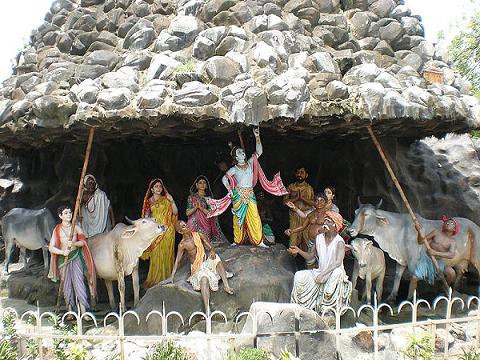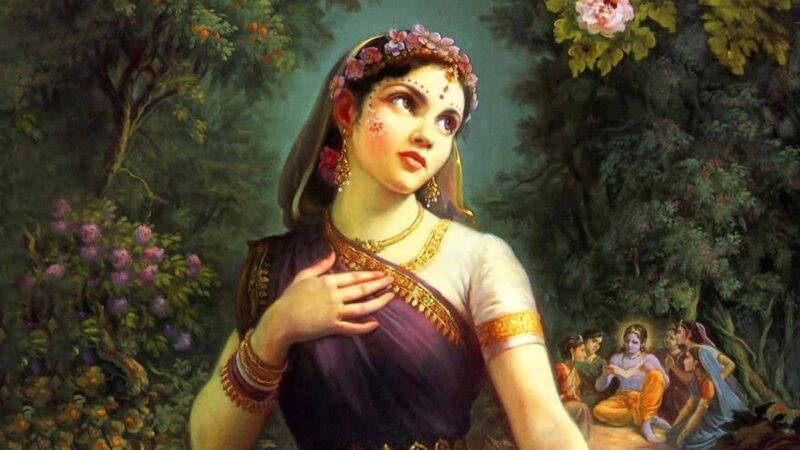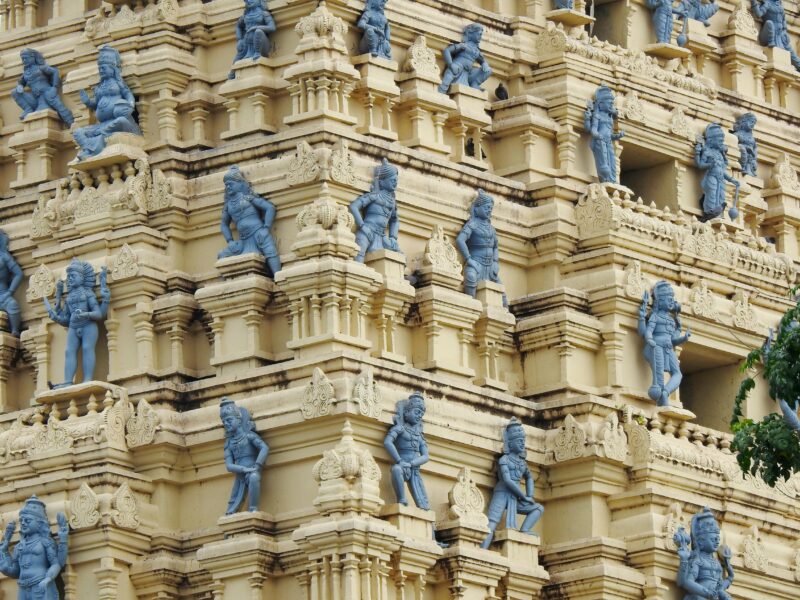Govardhan Lila is indeed a beautiful and profound pastime of Lord Krishna, filled with deep spiritual lessons and symbolism. Here are some key points about this divine event:
The Meaning of Govardhan
The word “Govardhan” is derived from two Sanskrit words: “Go” and “Vardhan.” “Go” can mean earth, cows, gopis (cowherd girls), mountain, clouds, and renunciation, while “Vardhan” means to intensify or increase. Therefore, Govardhan signifies:
- Krishna increases the bliss of the earth (Vraj Bhumi) by standing on it.
- Krishna gives bliss to the cows, earning Him the name Govinda, the protector of cows.
- Krishna gives bliss to the gopis, the cowherd girls who love Him deeply.
- Krishna gives bliss to the mountain, Govardhan, by touching it with his hands and feet.
- Krishna gives bliss to the clouds, represented by Indra, by overcoming his pride and making him surrender.
The Teachings of Govardhan Lila
Govardhan Lila imparts several important lessons about devotion and service:
- Service in Bliss: Despite suffering and miseries, Govardhan was in bliss because he was serving Krishna. This teaches that service to the divine can transform suffering into joy.
- Contact with Krishna: Govardhan was blessed to be in contact with Krishna for seven days and nights, showing that through service, one can come into contact with the divine and find true satisfaction.
- Empowerment through Service: By serving Krishna, devotees can achieve more than they could on their own, as Krishna empowers those who serve him.
- Satisfying Krishna: Govardhan’s example shows that a devotee’s ultimate goal should be to increase the pleasure of the Lord in all respects.
- Engaging Others in Service: The best way to serve Krishna is by engaging others in His service, thereby expanding the circle of devotion.
- Making Krishna Remember His Devotees: When we remind Krishna of His devotees and make them happy, it pleases him even more. Conversely, trying to separate Krishna from His devotees can invoke his displeasure.
- Intensifying Service: By learning from Govardhan, we can intensify our service to Krishna, ensuring that our actions are always aimed at increasing His pleasure and the well-being of His devotees.
These teachings encourage us to deepen our devotion and service, always keeping Krishna and His devotees at the center of our actions.
This pastime also highlights the themes of bliss and renunciation, as Krishna and His devotees experience the highest joy and detachment from material miseries.









